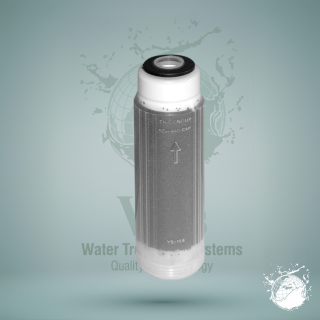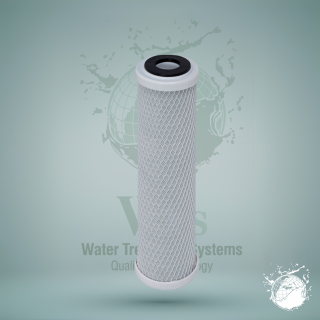HOUSTING PARA MEMBRANAS
Reverse osmosis housings are ideal for drinking water and wastewater treatment applications and in industrial processes. They are also highly resistant to extreme weather conditions, feed water and chemicals.
Related products
-
Read more
Reverse osmosis is a membrane technology that allows the removal of salinity from water. It is based on a diffusion process through a semi-permeable membrane that facilitates the passage of dissolved gases and low molecular weight molecules without an electrostatic charge.
-
Read more
This type of resin works to remove hardness from water through alkalinity. Cation resin is regenerated very efficiently with an acid, usually hydrochloric.
-
Read more
Activated carbon filters are mainly used to remove chlorine and organic compounds from water. The operating system is the same as that of sand filters, carrying out the retention of contaminants by passing the water through a filtered bed made up of activated carbon.
-
Read more
Carbon block cartridges go beyond aesthetically enhancing water by reducing particles, microscopic cysts, lead, volatile organic chemicals (VOCs), and other contaminants.
- 320 880 2996
- 950 - 2964





